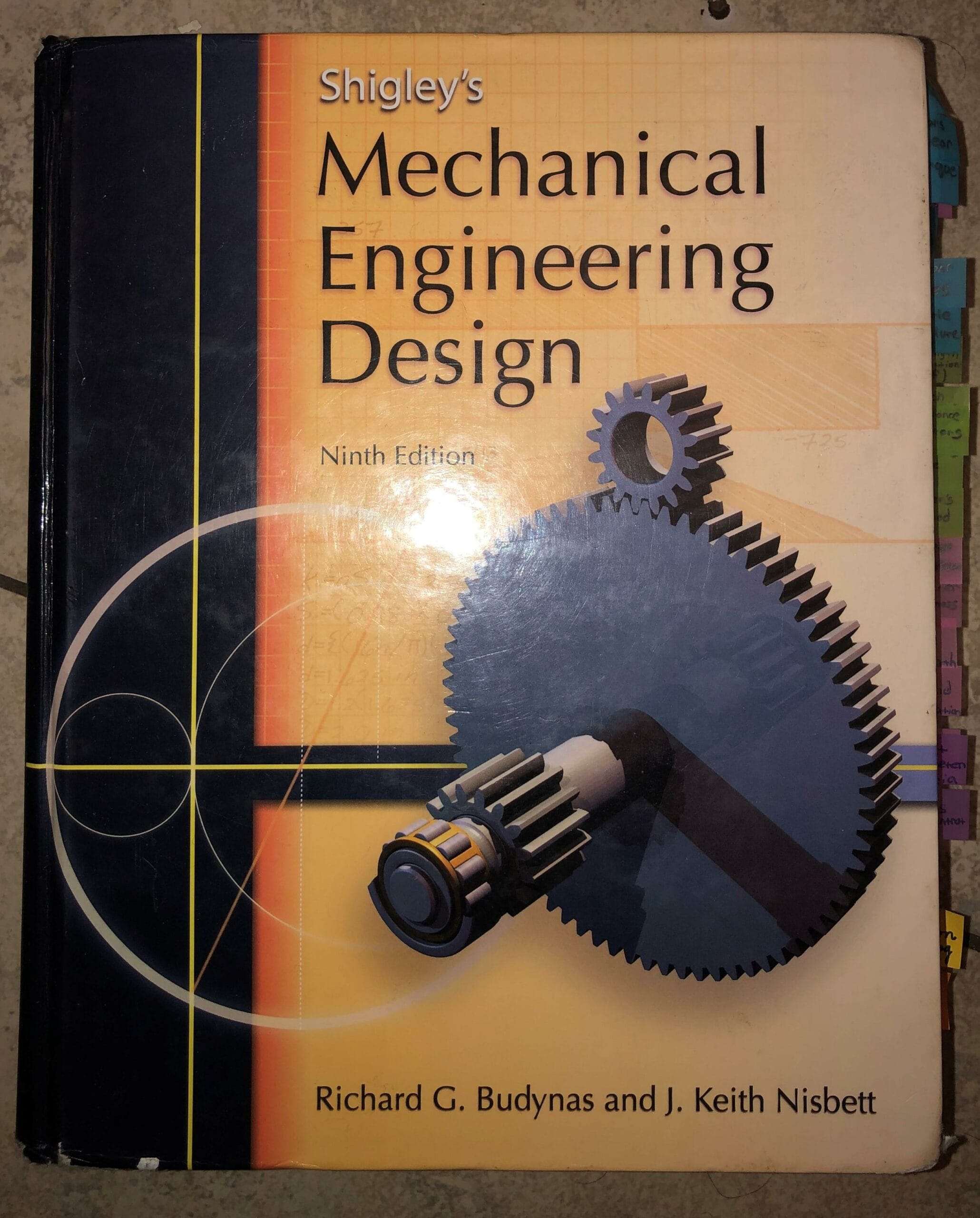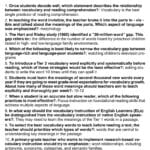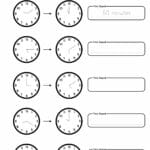Diving into Machine Design with Shigley’s
Shigley’s Mechanical Engineering Design is a cornerstone text for mechanical engineering students and professionals. It provides a comprehensive guide to the principles and applications of machine design, covering everything from material selection to failure analysis. This guide will help you navigate the book and its related resources to maximize your understanding of this critical engineering field.
Mastering Machine Design: Going Beyond Shigley’s 11th Edition
While Shigley’s provides a solid foundation, the world of machine design is constantly evolving. This section explores how to take your knowledge beyond the textbook and excel in this dynamic field.
Expanding Your Knowledge
- Emerging Technologies: Explore areas like AI-driven design optimization and additive manufacturing (3D printing), which are revolutionizing how parts are designed and created.
- Advanced Materials: Investigate new materials with unique properties, such as high-strength composites and self-healing materials, which offer exciting possibilities for innovative designs.
- Modern Design Software: Familiarize yourself with industry-standard CAD and simulation software. These tools allow for the creation of complex 3D models and virtual testing of designs under various conditions.
Gaining Practical Experience
- Hands-on Projects: Engage in real-world projects, even small-scale ones, to apply theoretical concepts and develop practical skills. This could involve designing a simple mechanism, building a prototype, or analyzing an existing machine.
- Case Studies: Analyze real-world engineering successes and failures to learn from others’ experiences and understand how design principles are applied in practical situations.
Connecting with the Engineering Community
- Professional Organizations: Join organizations like the American Society of Mechanical Engineers (ASME) to network with other engineers, access resources, and stay updated on industry trends.
- Online Forums: Participate in online communities and forums to discuss design challenges, share insights, and learn from experienced professionals.
Continuous Learning
- Online Courses and Webinars: Utilize platforms like Coursera and edX to take advanced courses and attend webinars on specialized topics, keeping your skills sharp and up-to-date.
- Technical Publications: Stay current with the latest advancements in the field by reading technical articles, journals, and research papers.
Understanding the Fundamentals: Core Concepts in Shigley’s
This section delves into the core concepts presented in Shigley’s Mechanical Engineering Design that form the foundation of machine design.
Building Blocks of Mechanical Design
- Material Selection: Learn how to choose the right materials for specific applications based on their properties, such as strength, durability, weight, and cost. Shigley’s provides a framework for understanding the trade-offs involved in material selection.
- Stress Analysis: Understand how forces affect components and how to calculate stresses and strains to ensure designs can withstand the loads they will experience. This knowledge is crucial for preventing deformation and failure.
- Failure Theories: Learn about different modes of component failure, such as cracking, buckling, and fatigue. Shigley’s explores these theories to help engineers anticipate potential problems and design for safety and reliability.
- Component Design: Shigley’s covers the design of specific machine elements like gears, shafts, springs, and bearings, providing detailed guidance and calculations for each component.
Expanding Your Learning Beyond Shigley’s
- Online Learning Platforms: Platforms like Coursera, edX, and FutureLearn offer a wide range of engineering courses, often taught by university professors, which can supplement your learning. sere 100.2 post test answers offer another interesting area of study.
- Online Communities: Engage with online communities like the MechanicalDesign subreddit on Reddit to discuss practical applications, CAD, DFM (Design for Manufacturing), and DFA (Design for Assembly), and gain insights from practicing engineers. respondent conditioning examples might be useful when designing human-machine interfaces.
- Digital Libraries: Access research papers, journals, and technical publications through online libraries like IEEE Xplore to stay current with the latest advancements in the field.
Practical Applications: Real-World Examples and Case Studies
This section demonstrates how the principles in Shigley’s are applied to solve real-world engineering problems.
Case Study: Gearbox Noise Reduction
Excessive gearbox noise in a manufacturing plant indicates wear and potential failure. Applying Shigley’s principles, engineers analyze gear stresses, lubrication, and bearing support. By modifying gear geometry, improving lubrication, and reinforcing bearings, the noise and wear are significantly reduced, extending the gearbox lifespan and improving plant efficiency.
Real-World Example: Suspension Bridge Design
Designing a safe and durable suspension bridge requires considering static and dynamic loads, material properties, and environmental factors. Shigley’s principles are employed to analyze stress, strain, and fatigue, enabling engineers to ensure the bridge can withstand heavy traffic, strong winds, and earthquakes.
Aerospace Applications: Ensuring Safety and Reliability
In aerospace, Shigley’s principles are critical for designing components that can handle extreme stresses, temperature variations, and fatigue. Engineers use the book’s insights to analyze fatigue life, identify stress concentrations, and select lightweight yet strong materials, ensuring aircraft safety and performance.
Ongoing Research and Future Directions
The field of machine design is constantly advancing. Ongoing research in areas like advanced finite element analysis, new materials, and innovative design optimization techniques is likely to refine and extend the practical application of Shigley’s core principles.
Key Takeaways
- Shigley’s Mechanical Engineering Design provides a strong foundation in machine design principles.
- Practical application through projects, internships, and real-world problem-solving is essential for mastering these principles.
- Continuous learning and staying updated with emerging technologies and design methodologies are crucial for success in this dynamic field.
- Engineering design often involves dealing with uncertainties, and some experts believe simulations and data analysis will play an increasingly important role. Ongoing research suggests that new materials and manufacturing processes could revolutionize the field.
This enhanced guide provides a comprehensive overview of Shigley’s Mechanical Engineering Design and offers valuable insights into how to utilize it effectively for both academic learning and professional practice. It emphasizes the importance of going beyond the textbook to explore emerging trends, gain practical experience, and engage with the engineering community. By embracing these strategies, you can build a strong foundation in machine design and prepare for a successful career in this exciting field.
- Senior at What Age: Benefits & Eligibility Guide - March 29, 2025
- Unlocking Senior Benefits: How Old is a Senior? Your Complete Guide - March 29, 2025
- Master Russian Politeness:A Guide to Saying Please - March 29, 2025
















